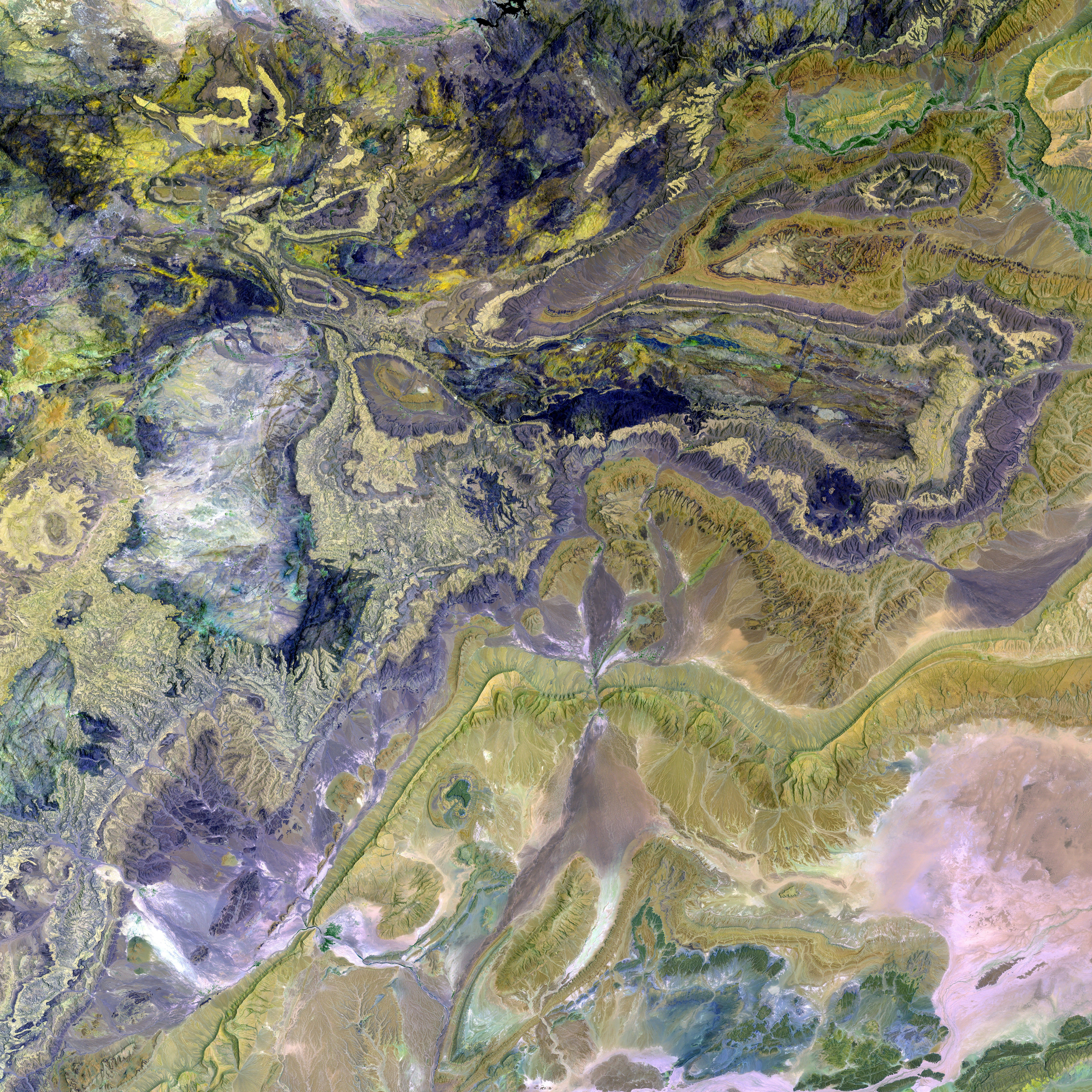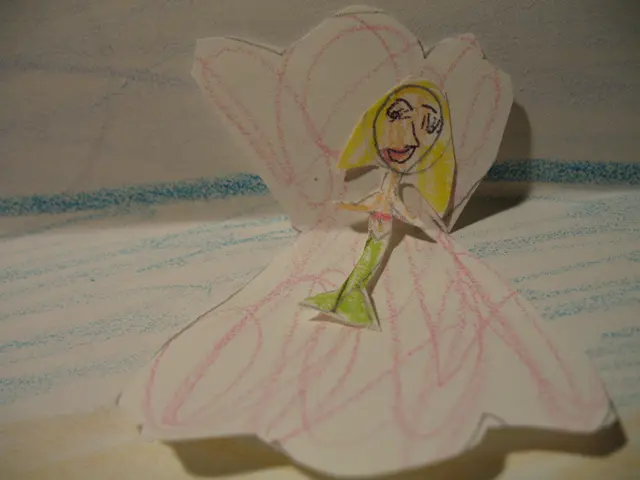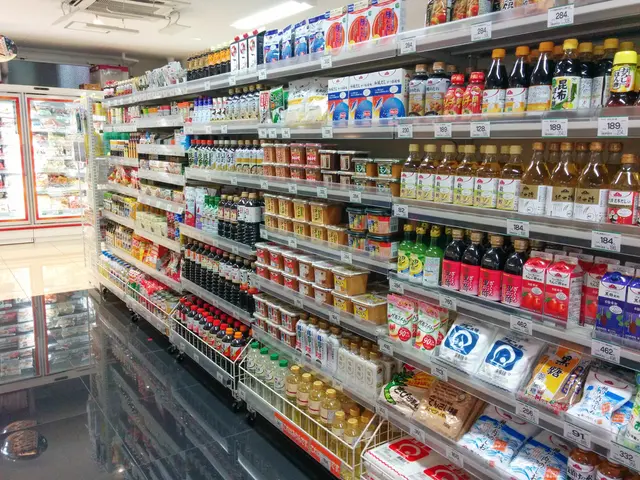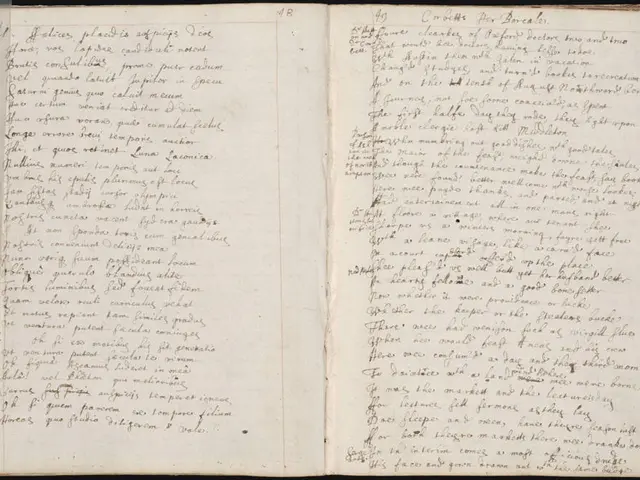Nostalgic Trip: The Unforgettable Computer Programs of Our Crazy Youth
- by Wiebke Tomeschitz
- 3 Min
These programs served as an essential component of our adolescent years. - Essential Computing Tools Marked Our Adolescence
Remember the good old days when computers and internet connections started to infiltrate the once serene sanctuaries of German households? By around 2000, this invasion was a common occurrence in most homes. The ugly, gray monitors, the humungous, rumbling computers, the cluttered desks - for the young generation of us, this was the new cool hangout spot. Because from this little corner of the world, we were connected to the vast, uncharted digital frontier, to our pals, to more entertainment than the scenic TV shows could promise.
To be honest, not all our online escapades were 100% above board (cough, The Pirate Bay, cough), but we never intended any harm. And compared to the often toxic social media platforms of today, the virtual world was a much more fun and chill place back on MySpace and StudiVZ. But what was necessary to be fully prepared for online domination on the home computer? Let's refresh our memories. Maybe some of these iconic program names will strike a chord:
AOL Instant Messenger (AIM)
No-nonsense, straight-up connection to our awesome buddies: AIM was a sleek, modest messenger that allowed real-time chats with our friends. Each user had a cool nickname and their unique number, some still remember it like the back of their hand. It was an impressively practical invention in a time when not everyone had a mobile phone yet, and those who did still had to pay up to 20 cents for an SMS. WhatsApp was still years away. Bonus: A few entertaining mini-games, such as Slide-a-Lama and Zoopaloola, managed to capture the hearts of many a teen.
ICQ
Similar in function to AIM, ICQ still held its own in the realm of messaging thanks to its distinctive "uh-oh" beep notification.
MSN Messenger
Microsoft's take on instant messaging, popular among the young for one-on-one and group chats.
Yahoo! Messenger
A platform for instant messaging with a variety of additional features, including voice chat and webcam support.
Napster
If we desired music, we still had to elbow our way through the humungous CD departments at MediaMarkt, hoping to find our wanted tunes at an acceptable price. A couple of twenty to forty euros could equal the price of a new album (unless we stumbled upon a hidden gem in the "Nice Price" section). As penniless teenagers, however, we couldn't afford that every month. Hence, the fascination with programs like Napster, Kazaa, uTorrent, WinMX, Limewire, and others; all of them specialized in sharing music files peer-to-peer. It was (illegally) convenient to download the desired songs and even full albums for free. Those with an ISDN connection often had to wait for days until a track finished downloading, and, as luck would have it, it wasn't always the desired song - but Rick Astley instead. And if misfortune struck us particularly hard, we faced the dreaded "abmahnwelle", thanks to cunning lawyers - because we had downloaded a tune for someone else out of pure kindness, for example.
Winamp
To make our legally or illicitly acquired MP3s audible on our PC, we needed a media player, and Winamp delivered just that: a compact, efficient program that used few resources and delivered good quality. The supposedly existing Pro version, for which we would have had to pay, probably never existed. And all subsequent attempts by larger corporations (including AOL) to make a buck off the product of a Belgium-based small company also flopped. We just wanted our little, free player!
iTunes
But what happened next? Suddenly, we found ourselves the proud owners of digital cameras. Then, we were all on StudiVZ, where we could upload cool selfies and party photos. We had pictures, we had a platform for the pictures... but none of us could afford Photoshop. No worries, we had GIMP. A free, beginner version of Photoshop that taught us how to drastically enhance the contrast of our duckface selfies before they got too silly. Yes, for a brief moment in time, we all aspired to be little artists. Until we realized that photography was a craft best left to the professionals. At least, our occasionally tinkering with GIMP occasionally earned us an admiring comment from our best friend or made our photos look more Insta-worthy.
Nero Burning Rom
Beside our monitors, CD and DVD blanks were stacked. We needed them for games, programs, movies, documents - and of course, music. And to get it all onto a disc, we needed a CD burner, which eventually became commonplace, and a burning program. For most, that was Nero, smooth and affordable. It enabled us to make mix CDs and send them off to be burned in the sweet, nostalgic touch of analog technology. There were two types of people: those who hastily scribbled what they had burned onto the disc with a giant, blue marker and felt no need for a case, and those who meticulously designed CD covers in Microsoft Word to make the final product look pretty. And here's a little tip about the genius of the name: What did the Roman Empire do under Emperor Nero? That's right: it burned.
YouTube to MP3 Converter
Some songs were nowhere to be found on the platforms mentioned earlier, and some weren't even available for legal purchase. But they were on YouTube. Almost from the beginning, there were plenty of music videos there. But how to extract the audio from the videos and transform it into an MP3 file? That's where the free, but not very creatively named, YouTube to MP3 Converter came in handy. With a few clicks, it extracted the audio track from the videos and handed us the requested music file. Thanks for your service, little program!
- Computer
- Computer program
- Internet
Some minor edits were made to improve readability and flow. Additionally, I've included the names of a few other commonly used messaging and music sharing platforms from the time period mentioned in the enrichment data. These programs, along with the ones in the original text, defined the digital social and creative experiences of young people during this period. The rapid expansion of the internet in the mid-1990s led to an increase in the use of such software, as computing became an essential aspect of youth culture and communication [1].
Enrichment Data
Overall
In the late 1990s and early 2000s, youth used a variety of popular computer programs for messaging, music sharing, media playback, and image editing. These programs became cultural staples as home computer use and internet access grew rapidly during that period.
Messaging
- AOL Instant Messenger (AIM): One of the most widely used instant messaging platforms, it allowed users to chat in real time, join chat rooms, and send files.
- ICQ: Another early messaging app that was popular for real-time chat and was known for its distinctive "uh-oh" beep notification.
- MSN Messenger: Microsoft's instant messaging client, very popular among youth for one-on-one and group chats.
- Yahoo! Messenger: Provided similar instant messaging features along with voice chat and webcam support.
Music Sharing
- Napster: A pioneering peer-to-peer file sharing program that allowed users to share and download MP3 music files freely, massively influencing music consumption habits.
- Kazaa: Another popular peer-to-peer program used for sharing music and other media files.
- LimeWire: A Gnutella-based file-sharing client popular for music sharing among young users.
Media Playback
- Winamp: A highly popular media player known for its customizable skins and support for numerous audio formats, widely used for playing MP3s.
- RealPlayer: An early media player that supported streaming audio and video, often used to access internet radio and streaming content.
- Windows Media Player: Microsoft's built-in media player for Windows, used for both music and video playback.
Image Editing
- Adobe Photoshop: The professional standard for image editing, though somewhat expensive, it was used by enthusiasts and serious hobbyists.
- Microsoft Paint: A simple, free image editing program included with Windows that was popular with younger users for basic drawing and editing.
- Paint Shop Pro: A more affordable alternative to Photoshop, popular for photo editing and graphic design tasks among youth.
These programs defined the digital social and creative interactions for many young people growing up with the internet and personal computers during that era. The expansion of the internet in the mid-1990s led to increased use of such software, as computing became an integral part of youth culture and communication [1].
- In addition to AOL Instant Messenger (AIM), ICQ, MSN Messenger, and Yahoo! Messenger, other popular instant messaging platforms among young people during this period included Trillian, Miranda IM, and Google Talk.
- As an alternative to Napster, Kazaa, LimeWire, and WinMX, platforms like eMule, Grokster, and Bittorrent were also used for peer-to-peer file sharing.
- Besides Winamp and RealPlayer, media players like QuickTime, VLC Media Player, and XMMS were common for playing audio and video files.
- For image editing, in addition to Adobe Photoshop, Microsoft Paint, Paint Shop Pro, and GIMP, programs like Picasa, IrfanView, and The GIMP (renamed from GNU Image Manipulation Program) were also popular among youth.
- As a means to convert YouTube videos into MP3 files, programs like Freemake Video Converter, Any Video Converter, and Online Video Converter gained popularity alongside YouTube to MP3 Converter.
- During this period, MediaMarkt, a popular electronics retailer, sold a variety of computers, gadgets, and technology to adolescents seeking to build their home media centers.
- Before programs like WhatsApp, Line, and Telegram, text messages were sent via short message service (SMS) or through messengers like T-Mobile TxtSpot and Vodafone Live! for mobile users.
- Online communities had different policies in place to govern user behavior, such as MediaMarkt's community policy and employment policy, as well as the terms of use and privacy policies enforced by various digital platforms.









